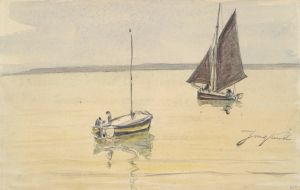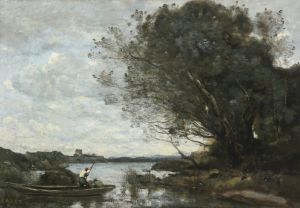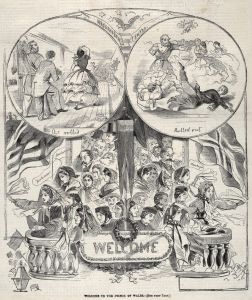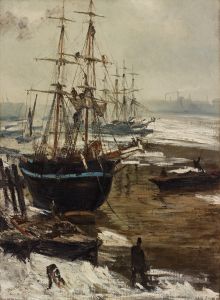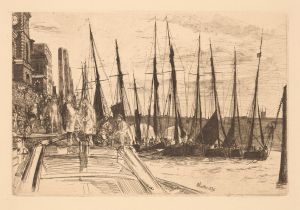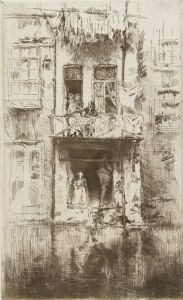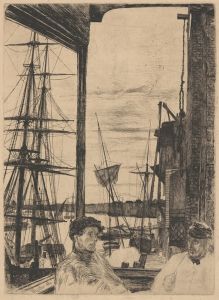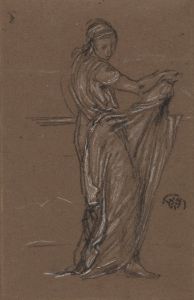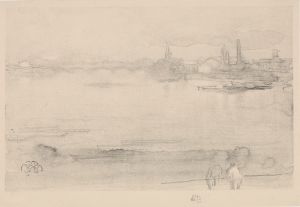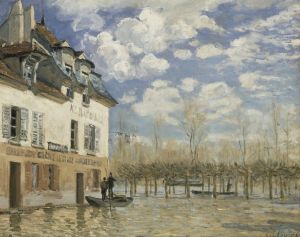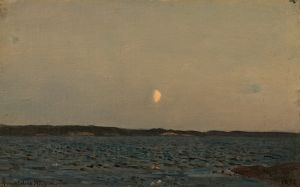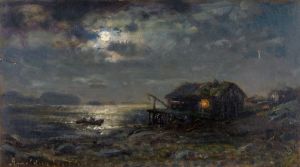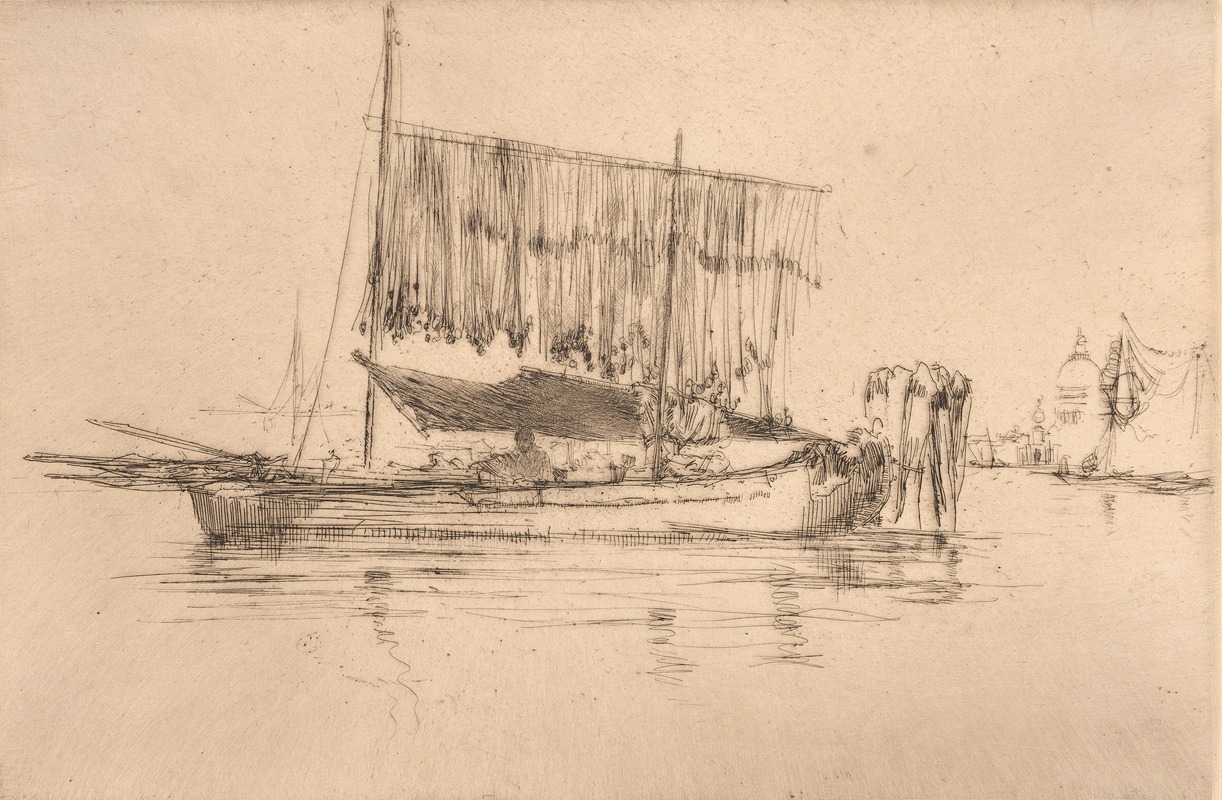
Fishing-boat
A hand-painted replica of James Abbott McNeill Whistler’s masterpiece Fishing-boat, meticulously crafted by professional artists to capture the true essence of the original. Each piece is created with museum-quality canvas and rare mineral pigments, carefully painted by experienced artists with delicate brushstrokes and rich, layered colors to perfectly recreate the texture of the original artwork. Unlike machine-printed reproductions, this hand-painted version brings the painting to life, infused with the artist’s emotions and skill in every stroke. Whether for personal collection or home decoration, it instantly elevates the artistic atmosphere of any space.
James Abbott McNeill Whistler, an American-born artist active during the late 19th century, is renowned for his contributions to the Aesthetic Movement and his innovative approach to art. Among his extensive body of work is the painting titled Fishing-boat. This artwork exemplifies Whistler's characteristic style, which often emphasized mood, atmosphere, and tonal harmony over detailed realism.
Fishing-boat is believed to be one of Whistler's many studies of maritime themes, a subject he frequently explored throughout his career. Whistler had a deep fascination with water, boats, and coastal scenes, which is evident in numerous works he created during his time in England and France. His approach to such subjects often reflected his interest in Japanese art, particularly ukiyo-e prints, which influenced his compositional techniques and use of space.
The painting employs a subdued and harmonious color palette, a hallmark of Whistler's work, to evoke a sense of tranquility and introspection. Rather than focusing on intricate details, Whistler aimed to capture the essence of the scene, using soft brushstrokes and subtle tonal variations. This approach aligns with his broader artistic philosophy, which he famously articulated in his belief that art should stand on its own as an arrangement of colors and forms, independent of narrative or moral purpose.
While specific details about the creation of Fishing-boat—such as its exact date, location, and the circumstances under which it was painted—are not widely documented, the work is consistent with Whistler's broader oeuvre. His maritime scenes often depicted quiet, everyday moments, such as boats at rest or fishermen at work, rendered with a poetic sensibility.
Whistler's works, including Fishing-boat, were part of his effort to challenge traditional artistic conventions and to elevate the importance of aesthetic experience. His paintings often bore titles that likened them to musical compositions, such as "nocturnes" or "symphonies," emphasizing their tonal qualities and abstract beauty. Though it is unclear whether Fishing-boat was given such a title, the painting reflects Whistler's commitment to these principles.
Today, Whistler's art is celebrated for its innovative approach and enduring influence on modern art. His works are housed in major museums and collections worldwide, though the current location of Fishing-boat is not specified in available records. Whistler's legacy continues to inspire artists and art enthusiasts, and his contributions to the Aesthetic Movement remain a significant chapter in the history of Western art.





